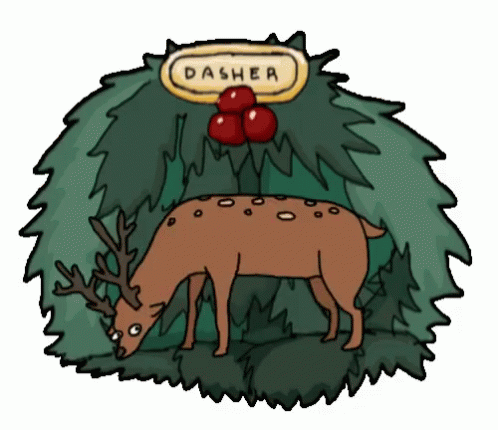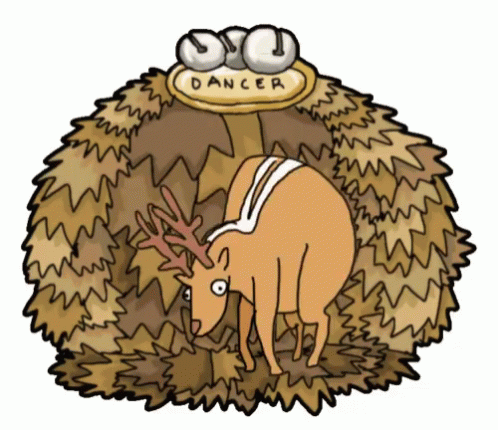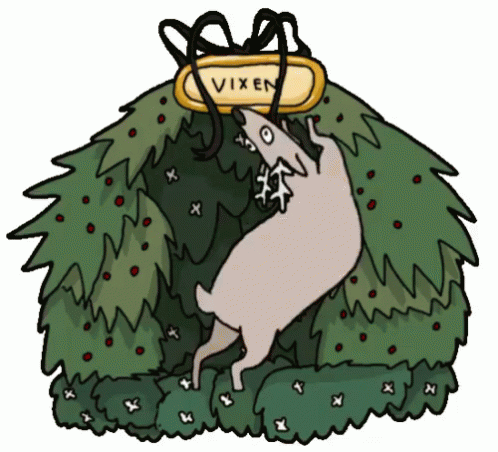12 Days of Reindeer’cember
Come exlpore some Reindeer trivia in the lead up to this seasonal period !
Reindeer have been an icon of Xmas for almost 200 years, but how much do you know about these incredible animals? Starting today, we invite you to discover one amazing Reindeer’y fact every afternoon until Christmas is upon us. How many will you already know? Check back for a brand new fact added daily

13th December, 2019 – Day One
Reindeer were first associated with Christmas in the poem “A Visit from St Nicholas”, written in 1823 by Clement Clarke Moore. Largely responsible for the modern vision of of Santa and his Reindeer, the use of the Reindeer to pull the sleigh references the use of Reindeer as traditional draft animals.
“A Visit from St. Nicholas, more commonly known as The Night Before Christmas and ‘Twas the Night Before Christmas from its first line, is a poem first published anonymously in 1823 and later attributed to Clement Clarke Moore, who claimed authorship in 1837.”
“On the night of Christmas Eve, a family are settling down to sleep when the father is disturbed by noises on the lawn outside. Looking out the window, he sees Saint Nicholas in an air-borne sleigh pulled by eight reindeer. After landing his sleigh on the roof, Saint Nicholas enters the house down the chimney, carrying a sack of toys. The father watches his visitor fill the stockings hanging by the fireplace, and laughs to himself. They share a conspiratorial moment before Saint Nicholas bounds up the chimney again. As he flies away, he wishes a Happy Christmas to all, and to all a good night.”
… from Wikipedia
Read the full poem through the Poetry Foundation of Chicago, USA website.
14th December, 2019 – Day Two
Reindeer – in several cultures – are symbolic of safe travels, strength and endurance. This is thought to stem from both the migration distance that these incredible animals travel, as well as the brutal terrain and environment that they survive in. They even have nobility status amongst several cultures including the Sami people in Norway’s arctic areas.

15th December, 2019 – Day Three
Due to the harsh environments they are subjected to, Reindeer have no internal body clock. This helps their awake-sleep pattern and metabolism cope with longer polar days and nights in the regions where they live.
16th December, 2019 – Day Four
Reindeer are able to live for up to 15 years. Their diet in winter consists of Litchen, Moss and Mushrooms while in summer their diet is primarily plants and grasses.

17th December, 2019 – Day Five
Reindeer hooves are able to adapt to their seasonal environment. During the summer, when the ground is soft and pliable, they expand to give the Reindeer better footing and traction. During winter months, the hooves will tighten up almost to the point of an ice pick allowing them to clear ice and snow in order to find food that lies below.
18th December, 2019 – Day Six
Although Reindeer are seen as a snowy tundra species, a species of Reindeer were seen as far down as Southern Idaho until the 19th Century. This form of Reindeer is now on the endangered species list as it becomes increasingly more rare.
Woodland caribou were once fairly common in North Idaho. Trapping records from the 1880s indicate that caribou thrived in northern Idaho and could be found as far south as the Clearwater River, according to the latest feature in the Idaho Fish and Game Department’s 75th anniversary series of reports.
But it’s been all downhill in the 1900s for these remarkable creatures.
… from The Spokesman Review

19th December, 2019 – Day Seven
In North America, Reindeer are also known be the name “Caribou”. Reindeer are said to be the smaller cousin of caribou, and have been domesticated as far back as 2000 years ago.
20th December, 2019 – Day Eight
The word “Reindeer” is actually of Norse origin, from the word “Hreinn” for “Deer”, and is not due to the reins of a sled as many believe. The word “Caribou” on the other hand is of French origin, and comes from the Mi’Kmag word “Qalip” meaning “Snow Shoveller”.

